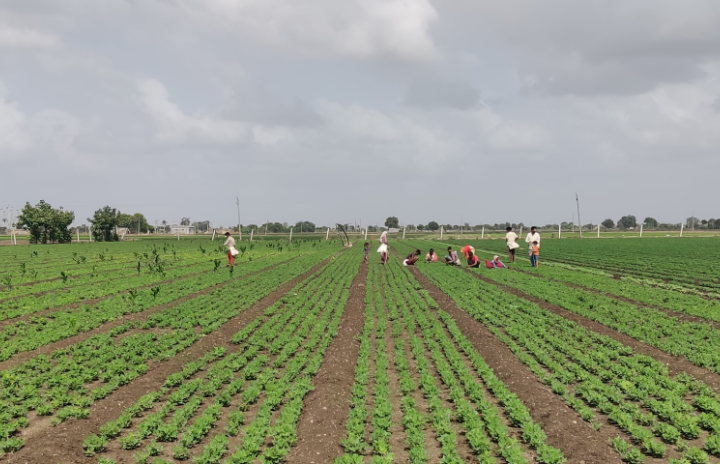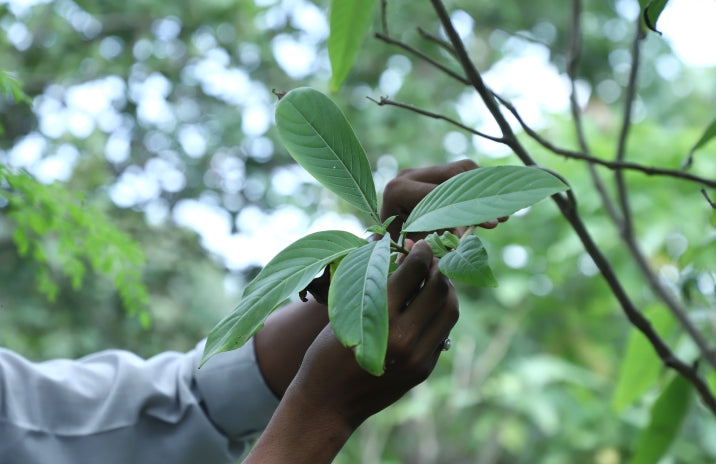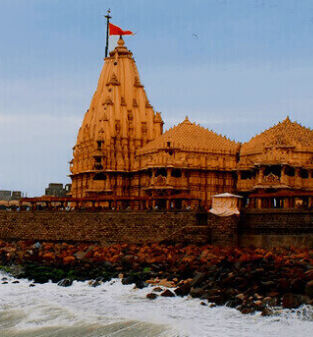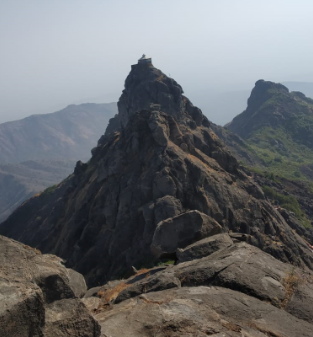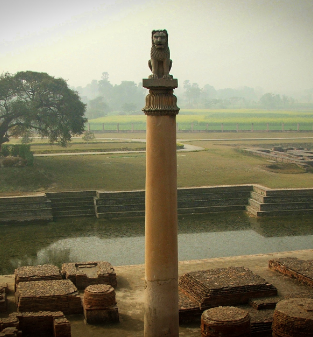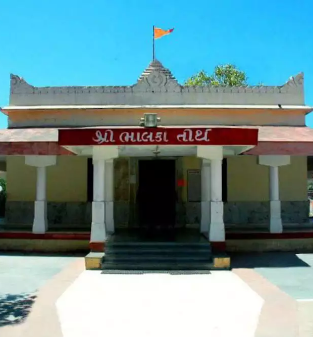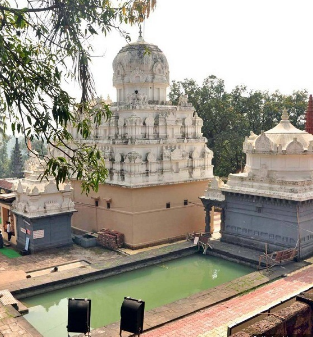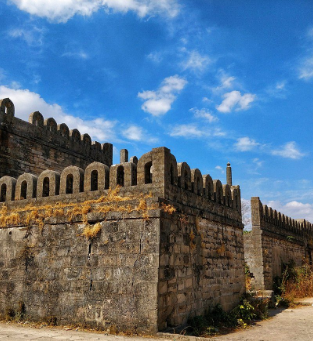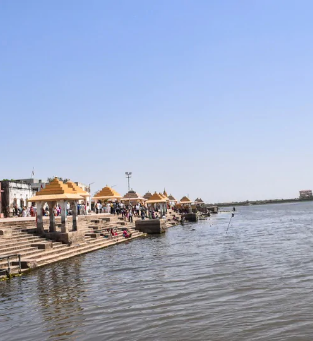Your Cart
-
${ item.product_title }₹ ${item.price}
The Gir mountains are considered to be sacred by many cultures. A profusion of temples and some truly ancient structures have made Girnar a favoured pilgrimage destination. From Jainism to Hinduism, Girnar has a number of wondrous architectural monuments.
The Gir-Somnath district was a part of Junagadh until 2013 and is bordered by the Arabian Sea at the south. The region’s soil is naturally rich, and is home to a number of valuable indigenous flora and fauna. In fact Gujarat has the highest percentage of India’s endemic flora, with Junagadh and Gir-Somnath housing a large portion of the same. This is evidenced by the Gir forest and the naturally verdant setting of the region. Produce from this region is sought after and relished around the world. Gir-Somnath’s Kesar mangoes are famous globally and are a huge export for the region. This is also true for a variety of herbs indigenous to the region like fenugreek, cumin, and others. The region is also famed for its groundnut production; this is why it also houses India’s only Groundnut Research Institute in Junagadh.
The rich agricultural heritage of this region is also possible in a large part because of the unique cows of the Gir-Somnath region. The Gir Cow is just one of the many unique animals of the region, a true friend of the farmer for centuries now. On the other end of the spectrum is the Asiatic Lion, the only place outside of Africa where lions roam freely in the wild. As a region steeped in culture, in an undeniable symphony with nature, Gir-Somnath is home to a breed of farmers who understand the need for natural farming. It is a confluence of ideologies that has allowed us to make Gir-Somnath the home of Girveda.

Why Gir-Somnath Region?
Home to Natural Farming
A land as fertile as it is steeped in culture, Gir-Somnath has kept up many ancient farming practices. Farmers in the Junagadh and Gir-Somnath districts have stayed true to Cow Based Natural Farming (CBNF). With experience, and expertise on their side, the farmers of Gir-Somnath grow award winning produce and ingredients. The region is home to over 400 different plant varieties in the wild, and many more are grown by the region’s farmers. In the shadow of the Girnar Mountains, this region has becomes a microcosm for the growth of natural farming.
A Unique Topography
Gir-Somnath has a truly unique topography. Bordered by the Arabian Sea in the south, and situated in the shadow of the Girnar Mountains, the region has all types of terrain. Fed with fertile alluvium brought by the region’s three rivers, Hiran, Kapila and Saraswati, the agricultural soil is highly fertile. The proximity to the sea allows for sufficient humidity and precipitation that helps farming greatly. Having all imaginable types of topography, Gir-Somnath is perfectly suited to grow a variety of unique plants, herbs and trees
Naturally Rich Soil
The region is fed by three beautiful rivers, namely Hiran, Kapila and Saraswati. These rivers carry high amounts of rich alluvial soil from their origin, depositing it across the Gir-Somnath region before joining the Arabian Sea. The soil is also further fertilized by a unique and diverse fauna of the region, the most important of which is the Gir cow. This soil is maintained with great care by the region’s farmers through multi-cropping and practicing diverse farming techniques to ensure that the top soil stays fertile
Home of the Gir Cow
The Gir cow is an impressive breed, famed around the world for the unique properties of its milk. This breed is uniquely hardy and can tolerate a variety of conditions while resisting a number of tropical diseases. Bullocks of this breed have been used in farming for hundreds of years in the region, and are distinct in their shape and size. Arguably the best milker in the business, the Gir cow contributes significantly to Gujarat’s total milk production. More importantly, the milk produced by the Gir cow is of the unique A2 variety, making it rich in essential nutrients
A Climate Ideal for Farming
Gir-Somnath sees a fair amount of rainfall throughout the year, with a long humid summer and a moderate winter. This seasonal differentiation helps in growing a variety of crops and herbs, which also helps maintain soil health. Because the region comes under the shadow of the Girnar Mountains, it sees a fair amount of precipitation, and alluvial buildup in the valleys, which allows for incredibly fertile soil. The tropical climate of the region, along with multiple irrigation opportunities over and above rain, make this a highly appropriate region for farming.
We are from Gir-Somnath Region
Girveda was born in Junagad and the Gir-Somnath region, and continues to operate and contribute to the growth of this region. Girveda is an initiative of the Noble Group, a group that brings a 26+ year legacy of excellence and quality to the regions of Junagadh and Gir-Somnath. As children of Gir, we are dedicated to uplifting the region’s economy, and continuing its close symbiosis with the natural ecosystems. All of our efforts, from construction, to education, to medicine, to farming are dedicated and derived to further our efforts to make the world realize the incredible potential of the region.


